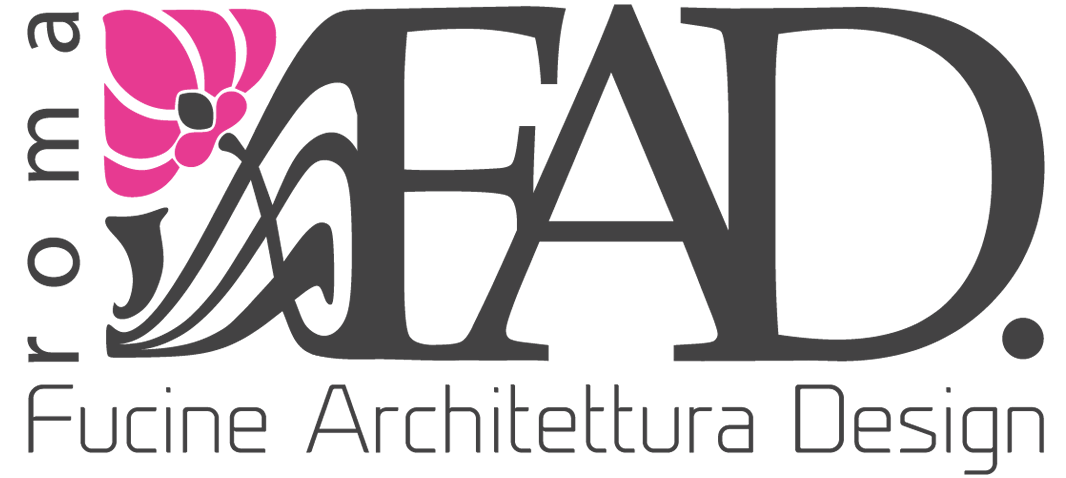How to furnish and organise a studio apartment
Careful choices for small spaces
Furnishing and organising a studio takes smart planning and creativitiy to make the most of the available space and create a functional and welcoming environment. In this article we will look at various strategies for interior design and layout to make a studio practical, comfortable and stylish.
Everything must be arranged correctly to guarantee easy and efficient flow and circulation in the space. We architects must plan the layout (such as of the living area, the kitchen and the sleeping area) in order to optimise movement and accessibility. Given the limited size of a studio, it is important to design a space that can adapt to the changing needs and lifestyles of its users.
In order to do this we need to divide the subject into the following parts:

1. Planning of the space:
The first step is to evaluate the size and shape of the studio to identify functional areas and create an effective layout. Design must be carried out with care considering the exact arrangement of the furniture and defining the areas for the living room, the sleeping area, the kitchen and, if necessary, the space to work or study.
2. Space dividers:
If you want to separate the different functional areas without sacrificing open space, consider using space dividers such as bookcases, movable walls, or hanging curtains. These elements add visual depth and define the boundaries of the different areas without creating a feeling of closure.
3. Multifunctional furniture:
Choose furniture that can be put to multiple purposes to maximise use of the space. For example, a sofa bed can serve as a sofa during the day and a bed during the night, while a folding table can be folded away when not in use to free up space and become a piece of furniture on which to place objects.

4. Strategic lighting:
Light plays an important part in the appearance and functionality of a studio. Natural and artificial lighting can be used to create a bright and welcoming atmosphere. Floor lamps, ceiling spotlights and table lamps can be strategically placed to illuminate the different areas of the studio.
5. Colours and materials:
Choose a neutral and bright colour palette to make the space appear larger and create a feeling of openness. Transparent materials such as glass and acrylic can be used for the furniture to maintain visual transparency. In addition, the use of mirrors can help reflect light and create a sense of depth.
6. Organisation and storage:
Invest in smart storage solutions to keep the studio tidy and orderly. Vertical walls offer a great opportunity for storage and organisation. Install shelves, cabinets and hangers to make the most of the vertical space. Concealed or folding shelves are particularly useful for creating extra space when needed.
7. Decorative elements:
Add personal touches with decorative elements that reflect your style and personality. Carpets, pillows, artwork and plants can add warmth and character to your studio, transforming it into a welcoming and inviting space.
8. Bespoke furniture:
If space is extremely limited, consider the option of bespoke furniture tailored to the size and shape of the studio. This type of furniture can be made to exploit every available inch, ensuring no space goes to waste.

In summary, furnishing and organising a studio requires a strategic and creative approach to maximise the available space and create an environment that reflects your lifestyle and needs. With careful planning and clever use of design solutions, you can transform even the smallest of spaces into a welcoming and functional retreat.




